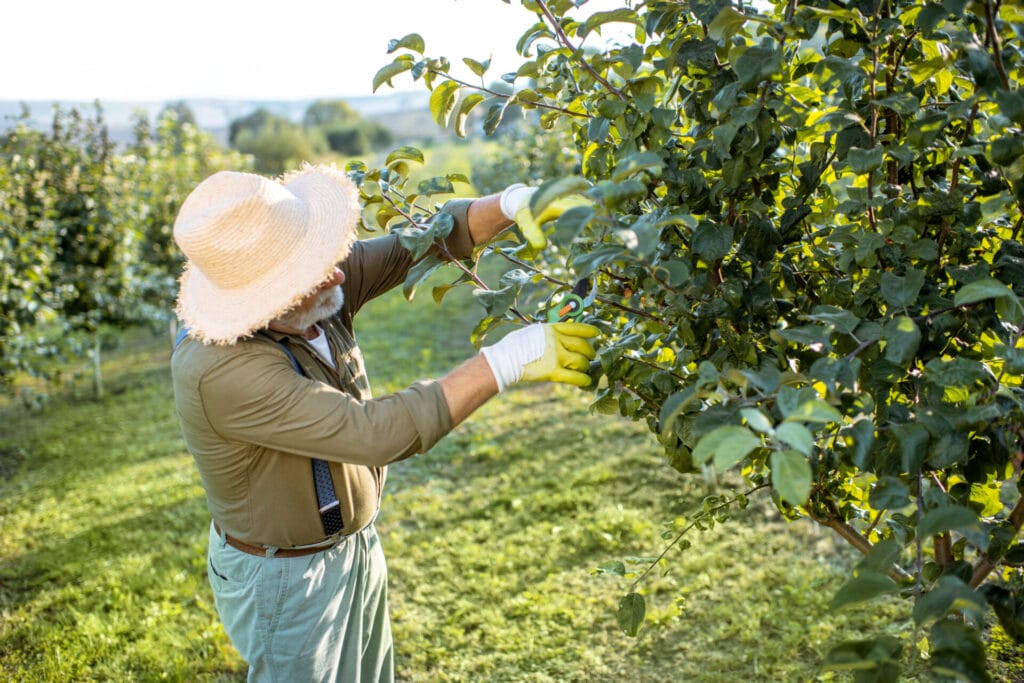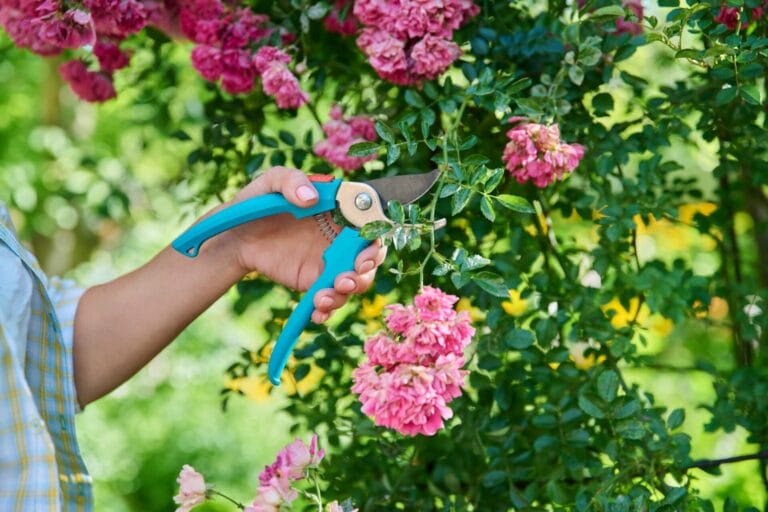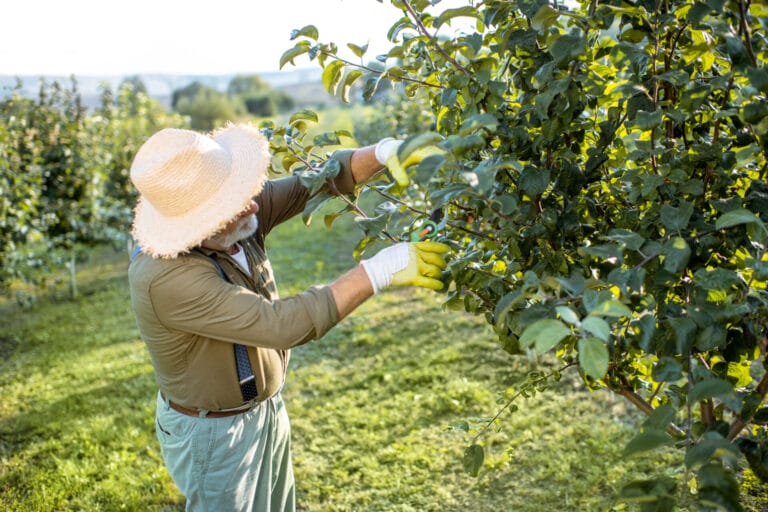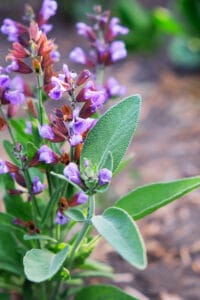
In the vast and diverse landscapes of Texas, gardening enthusiasts are presented with a unique set of challenges and opportunities. One key aspect of maintaining a thriving garden is mastering the art of pruning. Proper pruning not only enhances the aesthetic appeal of your plants but also promotes their overall health and vigor. In this comprehensive guide, we will delve into specific pruning tips tailored for some of the most common plants found in Texas gardens.

Roses are beloved for their beauty and fragrance but require regular pruning to thrive in the Texas climate. Begin by removing dead or diseased wood to prevent the spread of infections. Next, prune any crossing or crowded branches to improve air circulation and reduce the risk of fungal diseases. When shaping your roses, aim for an open vase-like structure to allow sunlight to reach all parts of the plant. Remember to use sharp, clean pruning shears and make angled cuts just above a healthy bud to encourage new growth.
Crepe myrtles are a staple in many Texas landscapes, adding vibrant blooms and ornamental bark to the garden. To maintain their health and beauty, it’s essential to prune them correctly. Start by removing any suckers or small growth emerging from the base of the plant. Next, selectively prune branches to create a balanced and well-spaced framework. Avoid the common mistake of “crepe murder,” which involves severe and indiscriminate pruning, as this can weaken the plant and lead to unsightly growth patterns. Instead, opt for light and strategic pruning to encourage a natural form and abundant flowering.

Shrubs play a vital role in Texas gardens, providing structure, texture, and color throughout the year. When pruning shrubs such as azaleas, boxwoods, and hollies, timing is key. Aim to prune immediately after flowering to avoid cutting off next year’s buds. Remove any dead, damaged, or crossing branches to promote airflow and prevent pest infestations. Additionally, selectively thin out dense growth to improve sunlight penetration and encourage healthy new shoots. With regular pruning, shrubs will maintain a compact and tidy appearance while remaining vigorous and resilient against environmental stresses.

For homeowners with fruit trees in their Texas garden, proper pruning is essential for maximizing yield and quality. Begin by removing any dead, diseased, or broken branches to prevent the spread of pathogens. Next, selectively prune to open up the canopy and allow sunlight to reach the inner branches. This promotes fruit ripening and reduces the risk of fungal diseases. Additionally, thin out excess fruit clusters to prevent overcrowding and improve airflow. Pruning fruit trees annually during the dormant season helps maintain their shape, vigor, and productivity for years to come.

Native plants are well-adapted to the Texas climate and require minimal maintenance once established. However, occasional pruning can help enhance their natural beauty and longevity. When pruning native plants such as Texas sage, Mexican feather grass, and yuccas, focus on removing dead or damaged growth while preserving their characteristic form. Avoid excessive pruning, as native plants have evolved to thrive in their natural habitat with minimal human intervention. Instead, embrace their wild and rugged aesthetic, and prune only as needed to maintain health and appearance.

Mastering the art of pruning is essential for nurturing a vibrant and healthy garden in Texas. By following these tailored tips for specific plants, you can enhance their beauty, promote their health, and ensure their long-term success. Remember to approach pruning with care and consideration, allowing each plant to express its unique character while thriving in the challenging Texas climate. With patience, practice, and the right techniques, you can become a pruning expert and enjoy a flourishing garden year-round.
Share this post:
Check other topics that may help you get more insights for your project:





